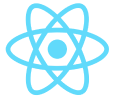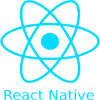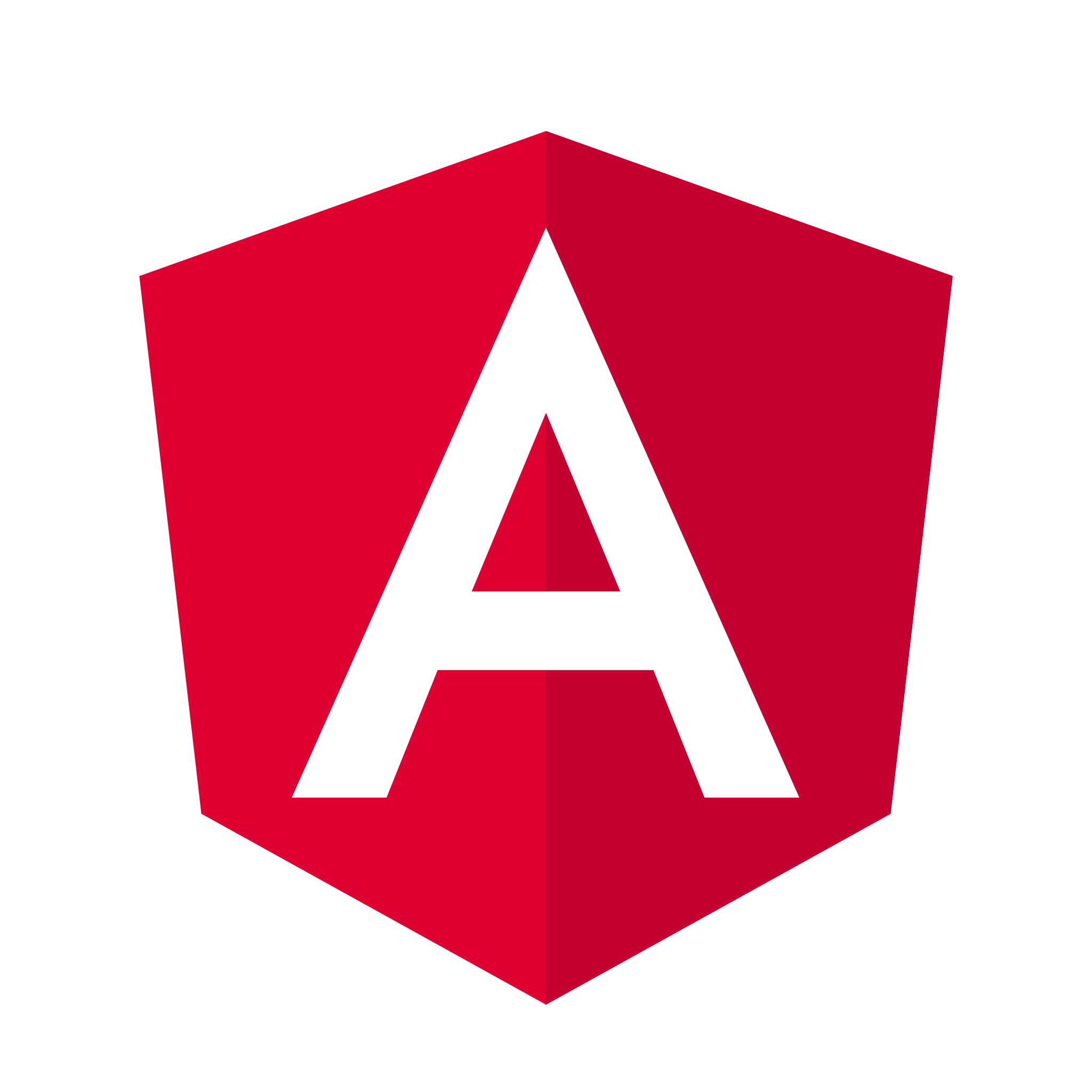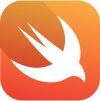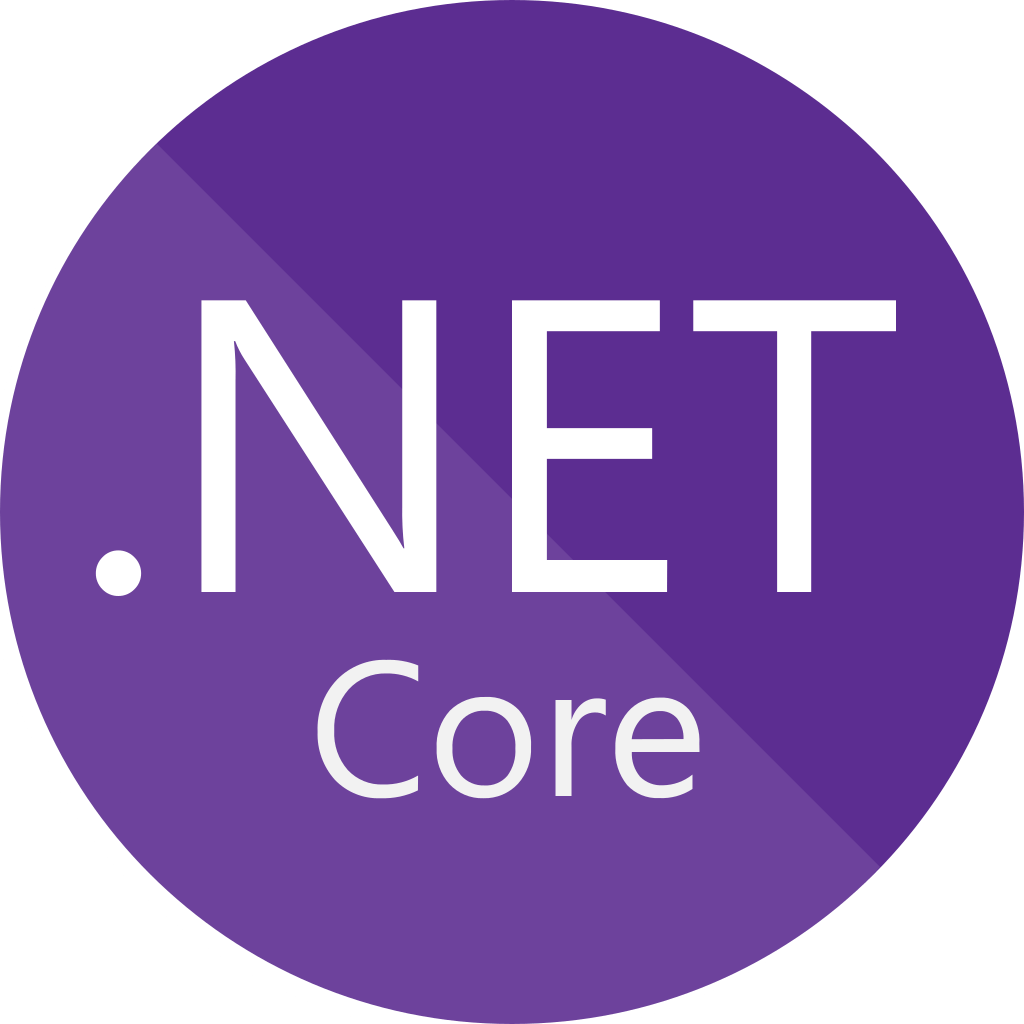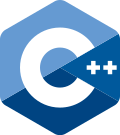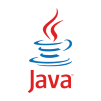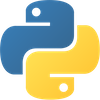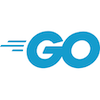Welcome to Statsig Documentation
Statsig empowers you to ship, measure, and learn from your releases using the same tools as the best tech companies in the world. With Statsig, you can run thousands of A/B tests, safely rollout features, and dive deep on core business metrics and user behavior—all on a single, unified platform.
SDK Quickstart
Install the Statsig SDK and get started in minutes.
Warehouse Native
Read about how to use Statsig with your data warehouse.
Intro to Statsig
Learn more about core concepts and features of Statsig.
Key features
You can use Statsig's products directly with your own data warehouse through Warehouse Native. This allows you to leverage Statsig's features while keeping data in your existing infrastructure.
Explore SDKs
For greater control, Statsig offers SDKs for a wide variety of platforms, including JavaScript, Python, iOS, Android, and more. Select the SDK that fits your project and follow the installation guide:
Client SDKs
Server Side SDKs
If you don't see the SDK or framework you need, feel free to reach out directly in our Slack Community.
Learning resources
- Videos: Check out our full library of Statsig Onboarding Training Videos on Youtube.
- Community: Join our Slack Community to connect with other users and get help from the Statsig team.
- Blog: Stay updated with the latest developments in product experimentation and feature management on our Blog.
- Use Cases: Discover Customer Stories to learn why customers love Statsig and how they use it to power their product development.

